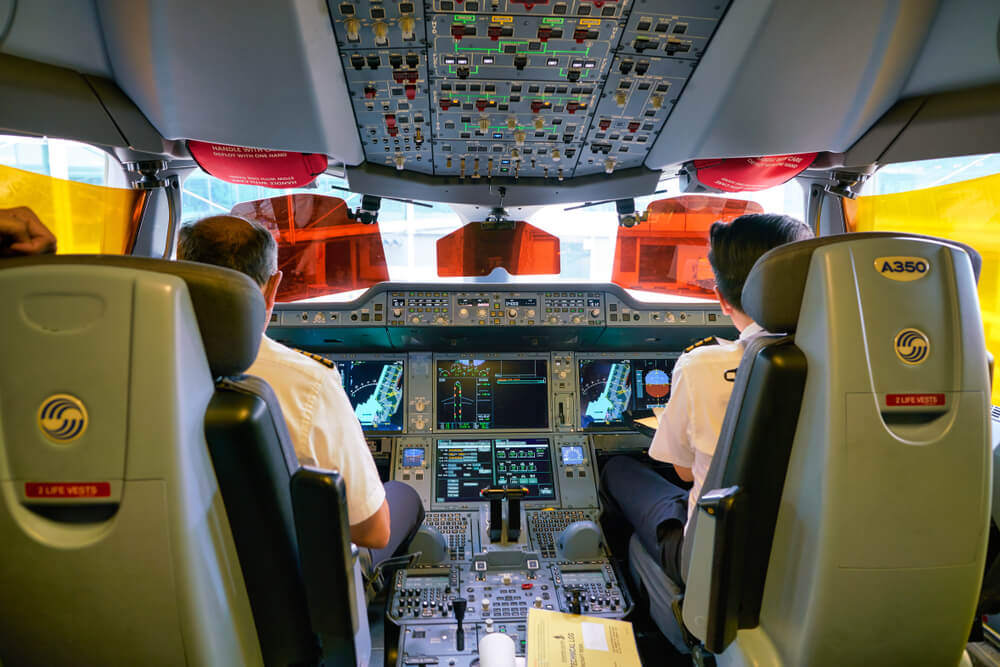The European Union Safety Agency (EASA) issued an emergency airworthiness directive (EAD) 2020-0020-E after two events of Airbus A350 un-commanded in-flight engine shutdowns following “liquid spillage” on the aircraft’s control panels.
The panels in question are the ENG START panel and the ECAM Control Panel (ECP). According to the EAD, following the engine shutdowns, attempts by the pilots to restart the engine were unsuccessful. Nevertheless, the flight crews successfully diverted to the nearest available airport.
On one instance, a Delta Air Lines Airbus A350-900 registered N508DN was en route to Seoul Incheon International Airport, South Korea (ICN) from Detroit’s Metropolitan Wayne County Airport (DTW) on January 21, 2020. Following an alleged coffee accident in the cockpit, the right-hand Rolls-Royce Trent XWB shut down and the pilots of the aircraft were forced to land in Fairbanks International Airport, Alaska, United States (FAI).
The aircraft was shipped to Minneapolis Saint Paul International Airport, United States (MSP) on January 22, 2020, and performed its first commercial flight after the liquid spillage on January 23, 2020, to Seoul (ICN).
The second instance was related to Asiana Airlines’ Airbus A350-900 XWB that operated Flight OZ751 on November 9, 2019. The flight departed from Seoul (ICN) to Singapore Changi Airport (SIN). However, after about four hours of flight, the pilots made a turn towards Manila, Philippines (MNL) as a liquid was once again spilled. The aircraft, registered HL7579, returned to Seoul (INC) on November 11, 2019, indicates Flightradar24.com data.
Following an investigation by the manufacturer, EASA determined that the Airplane Flight Manual (AFM) needed an amendment that indicates a “liquid prohibited zone” in the cockpit as defined by Airbus’ Temporary Revision (TR) in the AFM. The TR also indicates actions the flight crew needs to perform if such an accident were to happen once again.
The Emergency Airworthiness Directive (EAD) is effective February 7, 2020, and applies to both A350 models: the -900 and the -1000.

